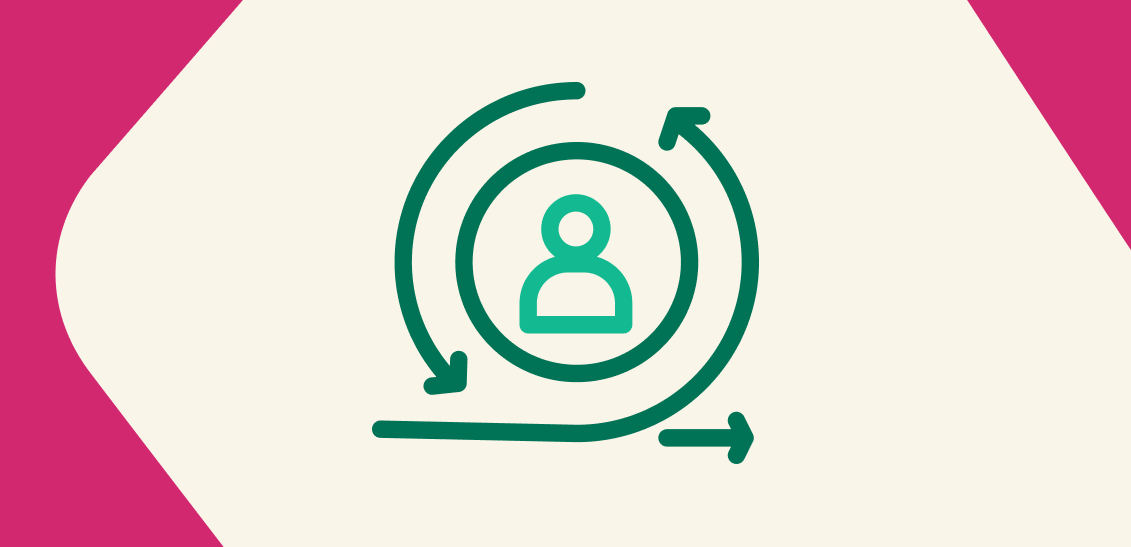Bringing a new employee on board is a pivotal moment, especially for mid-sized organizations.
Onboarding not only introduces employees to their roles and responsibilities but sets the tone for their future within the company. However, manual processes, compliance requirements, and role-specific training can make onboarding complex and time-consuming.
This is where employee onboarding software comes in, simplifying the process, ensuring regulatory compliance, and driving long-term engagement.
In this article, we’ll explore why employee onboarding software is essential and how mid-sized, compliance-focused organizations can use it to build a more structured, engaging onboarding experience.
Why employee onboarding software matters
Onboarding isn’t just about filling out forms and going through an orientation.
It’s about meeting industry standards, maintaining compliance, and creating an environment where employees feel empowered and supported.
Employee onboarding software tackles these challenges by automating workflows, centralizing training content, and providing new hires with an engaging, role-specific learning path from day one.
Key benefits of employee onboarding software
- Compliance from the start - In industries where compliance is critical, onboarding software ensures new hires complete mandatory training right away. Automated tracking and reminders guarantee that compliance deadlines are met, reducing risk and simplifying audits.
- Personalized learning paths - Every role has different training needs, especially in complex fields. Onboarding software allows companies to design micro-learning paths specific to each role or department, ensuring new hires receive only the most relevant training. This not only keeps them engaged but also reduces the time they spend on irrelevant material.
- Faster, more efficient onboarding - With software, you can streamline onboarding by automating tasks like enrollment, document distribution, and compliance training. This automation reduces the administrative workload on HR, allowing your team to focus on more strategic tasks while ensuring each new hire has the tools they need.
- Improved employee retention and engagement Engaging, structured onboarding leads to higher retention rates. With onboarding software, you can incorporate engaging content like quizzes, and interactive modules that make the process enjoyable.
Key features to look for in employee onboarding software
When evaluating onboarding software, mid-sized organizations should focus on features that ensure a smooth, compliant, and engaging experience for both HR and new hires.
Here are some essential features to consider:
- Automated compliance tracking - Look for an LMS solution with built-in compliance tracking to automate essential tasks like training reminders, deadline tracking, and certification issuance. This feature will help your company avoid regulatory issues and reduce manual work.
- Customizable, ready-made content- Creating training content from scratch can be time-consuming. The best learning platforms come with a library of ready-made courses tailored for areas like compliance, safety, and job-specific skills, which can be easily customized to fit your organization’s unique needs.
- Real-world scenario simulations: Scenario-based learning engages employees by immersing them in real-world situations, which is especially beneficial in compliance and safety training. These scenarios allow new hires to experience practical applications of their training in a low-risk setting, helping them retain information and apply it effectively.
- Mobile accessibility for remote and field workers- If your organization has remote teams or field-based employees, mobile accessibility is critical. With mobile onboarding options, employees can complete training from any location, ensuring that no one misses essential information due to logistical limitations.
- Analytics and reporting: Effective onboarding isn’t just about providing information; it’s about tracking progress and gathering data. Look for a Learning Management System with analytics features that offer insights into course completion rates, engagement levels, and knowledge gaps, helping HR refine and improve the onboarding process over time.
Best practices for using employee onboarding software in compliance-driven industries
To make the most of employee onboarding software, consider implementing these best practices tailored to mid-sized, regulated organizations:
Define clear onboarding objectives
Start by setting specific goals for what you want the onboarding program to achieve.
Identify key compliance and role-based training needs, and ensure that each module addresses these objectives clearly.
Use micro-learning for role relevance
Create learning paths that cater to different roles within the organization. This ensures employees only see the content they need, which not only saves time but also keeps them motivated and more engaged to complete their training.
Incorporate gamification and recognition
Gamified elements like points, badges, and leaderboards turn onboarding into a more engaging process. Recognizing achievements, such as the completion of a compliance course, reinforces the value of training and motivates new hires to continue engaging with the platform.
-2.png?width=673&height=465&name=Frame%2010023%20(6)-2.png)
Automate follow-ups for better engagement
Use the onboarding software to schedule automated follow-ups and reminders. This approach ensures that new hires stay on track with compliance deadlines and other critical training, reducing the need for HR to manually follow up.
Gather feedback to continuously improve
Encourage new hires to provide feedback on the onboarding experience. Use this feedback, along with analytics from the platform, to identify areas for improvement. Continuous refinement ensures that your onboarding process remains relevant and effective as the company grows and evolves.
-2.png?width=624&height=431&name=Frame%2010023%20(7)-2.png)
Choosing the right onboarding software for your organization
Choosing the right learning platform requires an understanding of both the unique needs of your industry and the specific challenges your organization faces.
Focus on solutions that not only meet compliance requirements but also offer engagement features and flexibility.
For mid-sized, compliance-driven companies, the right software will save time, reduce compliance risks, and create a positive onboarding experience that sets the stage for long-term employee satisfaction and success.
Investing in employee onboarding software isn’t just about technology - it’s about building a culture of growth, compliance, and engagement from day one.
By choosing a platform that supports both your operational needs and your team’s development, you can turn onboarding into a strategic asset that benefits the entire organization.
Further reading: 8 types of Learning Management Systems - Which one is right for your company?
Set your new hires up for success with XtraMile
See first-hand how XtraMile’s platform simplifies compliance, personalizes training, and engages employees from the start. Streamline your onboarding and build a stronger, more compliant workforce.


.jpg?width=624&height=431&name=Frame%2010023%20(2).jpg)